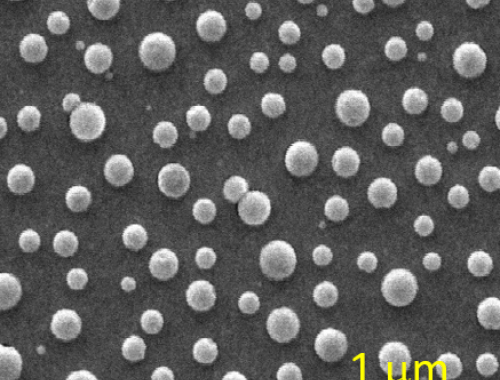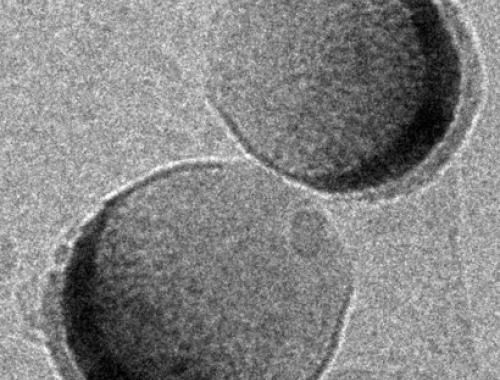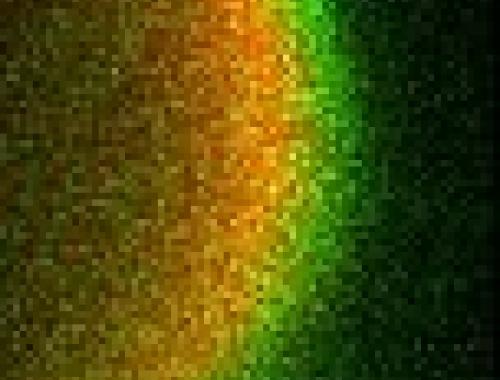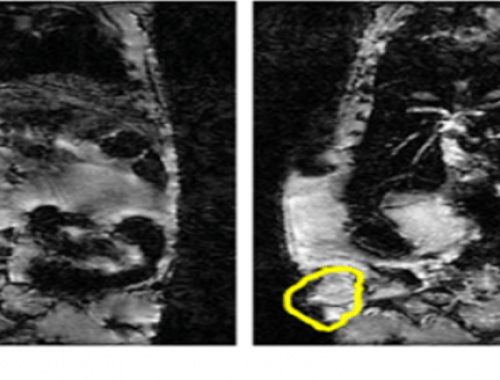Remote-controlled nanocapsules for local amplification of the effect of chemotherapies
An international group, in collaboration with the Institute of Microelectronics of Barcelona of the CSIC (IMB-CNM-CSIC), is involved in the development of nanotherapies against cancer using externally controlled nanocapsules. The first results of magnetoplasmonic iron nanocapsules to combat tumors have been obtained in the preclinical phase in mice.
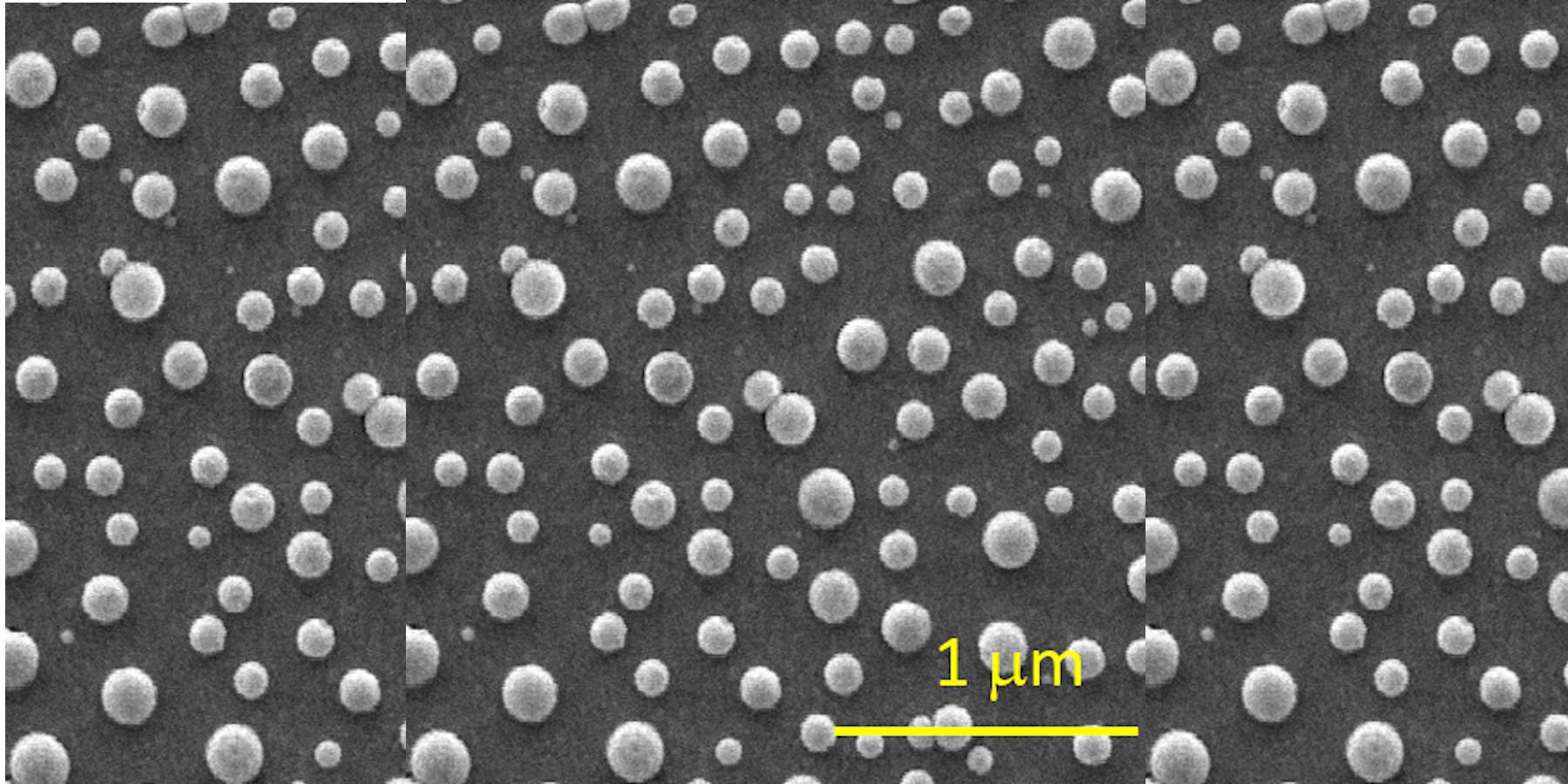
An international team has developed biodegradable magnetoplasmonic nanocapsules based on metallic iron and loaded with chemotherapy drug, which are externally controlled with magnetic fields and light, to eradicate tumors with an ultra-low concentration of the drug. These are the first results published in the journal ACS Nano of joint research between the Institute of Microelectronics of Barcelona (IMB-CNM-CSIC), the Catalan Institute of Nanoscience and Nanotechnology (ICN2) and the Hebrew University of Jerusalem (HU).
The nanocapsules manage to locally amplify the therapeutic action of the drugs thanks to the magnetic increase of their concentration in the tumor and the amplification of the therapeutic effect induced by the local heat given off by the nanocapsules, when they absorb the infrared light of an external laser. This also minimizes side effects and avoids unnecessary damage to healthy tissue.
In vivo therapeutic trials have been performed in mice on models of human breast tumors and the results have been satisfactory, eliminating tumors with intravenous administration of the drug encapsulated in nanometric dimensions, at a concentration 200 to 500 times lower than its therapeutic window.
"By depositing a thin layer of metallic iron on drug-loaded nanocapsules, we have managed to integrate very robust but colloidally stable nanomagnets thanks to their special magnetic configuration, which minimizes the interaction between them and prevents their aggregation," explains Borja Sepúlveda, principal investigator of the project, now at IMB-CNM and previously at ICN2.
The metallic iron nanocoating "allows to take advantage of its plasmonic behavior to absorb near-infrared light, which has a high penetration in tissues, in a very efficient way to generate local heat", he adds. This combination makes it possible to "magnetically increase the concentration of nanocapsules in the tumor and amplify the therapeutic effect of the encapsulated drug by means of local hyperthermia induced with an external laser". After external action, the nanocapsules degrade rapidly, thus avoiding bioaccumulation and toxicity problems.
Promising results for application in tumors and other diseases
The study has shown that by improving the delivery and efficacy of therapeutic agents through nanocapsules, the concentration of the injected drug can be drastically reduced, which could shorten the treatment period, as well as reducing the frequency and doses of chemotherapy. Another advantage derived from the magnetism of the nanocapsules is that the biodistribution of the nanocapsules and their accumulation in the tumor can be visualized non-invasively by magnetic resonance imaging.
The promising therapeutic results of magnetoplasmonic nanocapsules allow us to glimpse applications that could easily be extended to other drugs and tumors, and even to other diseases.
The next step in the research is to demonstrate that the strategy is effective with other chemotherapy or photodynamic drugs and for other types of tumors. At the same time, in the MAPSCALE project, a prototype is also being developed to scale up the production of the semi-metal-coated nanocapsules.
Reference article:
Efficient Tumor Eradication at Ultralow Drug Concentration via Externally Controlled and Boosted Metallic Iron Magnetoplasmonic Nanocapsules. Arnon Fluksman, Aritz Lafuente, Zhi Li, Jordi Sort, Silvia Lope-Piedrafita, Maria José Esplandiu, Josep Nogues, Alejandro G. Roca, Ofra Benny, and Borja Sepulveda. ACS Nano 2023 17 (3), 1946-1958. DOI: 10.1021/acsnano.2c05733
Gallery
- Electron microscopy image of the magnetoplasmonic nanocapsules self-assembled on a silicon surface.
- Transmission electron microscopy image of the nanocapsules showing in black the metallic iron layer and above the protective silica coating.
- Higher magnification detail of the iron and silica layers by X-ray energy dispersive mapping.
- Nuclear magnetic resonance images showing the tumor area (surrounded by yellow line) before the injection of the nanocapsules, and after their injection and magnetic concentration in the tumor, demonstrating their presence in the darkened areas of the tumor.





